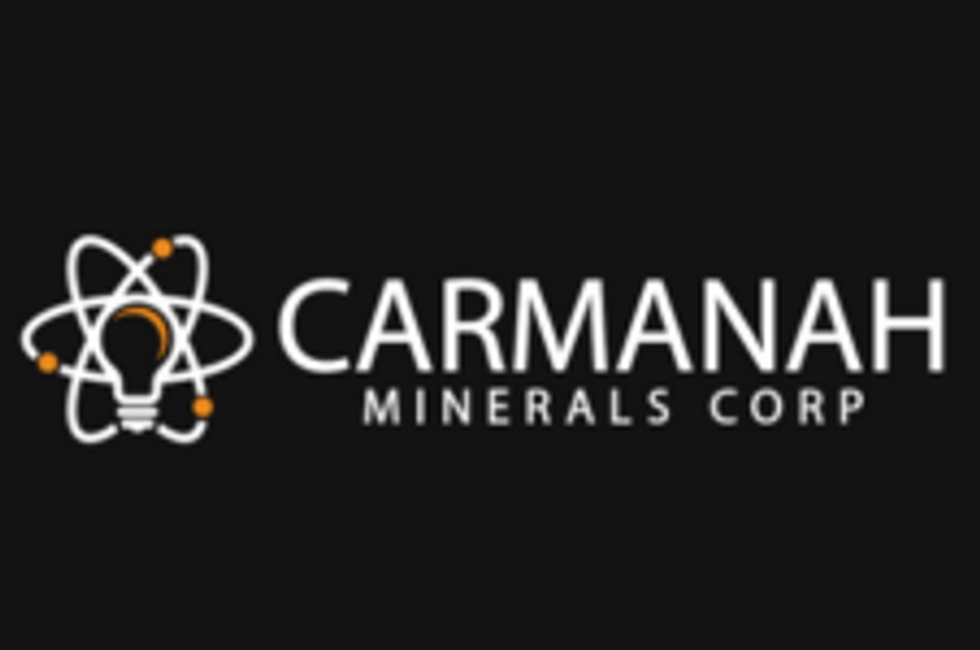- AustraliaNorth AmericaWorld
Investing News NetworkYour trusted source for investing success
- Lithium Outlook
- Oil and Gas Outlook
- Gold Outlook Report
- Uranium Outlook
- Rare Earths Outlook
- All Outlook Reports
- Top Generative AI Stocks
- Top EV Stocks
- Biggest AI Companies
- Biggest Blockchain Stocks
- Biggest Cryptocurrency-mining Stocks
- Biggest Cybersecurity Companies
- Biggest Robotics Companies
- Biggest Social Media Companies
- Biggest Technology ETFs
- Artificial Intellgience ETFs
- Robotics ETFs
- Canadian Cryptocurrency ETFs
- Artificial Intelligence Outlook
- EV Outlook
- Cleantech Outlook
- Crypto Outlook
- Tech Outlook
- All Market Outlook Reports
- Cannabis Weekly Round-Up
- Top Alzheimer's Treatment Stocks
- Top Biotech Stocks
- Top Plant-based Food Stocks
- Biggest Cannabis Stocks
- Biggest Pharma Stocks
- Longevity Stocks to Watch
- Psychedelics Stocks to Watch
- Top Cobalt Stocks
- Small Biotech ETFs to Watch
- Top Life Science ETFs
- Biggest Pharmaceutical ETFs
- Life Science Outlook
- Biotech Outlook
- Cannabis Outlook
- Pharma Outlook
- Psychedelics Outlook
- All Market Outlook Reports
Following Rio Tinto’s takeover of Hathor Exploration’s Roughrider deposit last year, the interest in Northern Canada’s Athabasca Basin has renewed the focus on uranium juniors exploring in the area.
By Dave Brown – Exclusive to Uranium Investing News

Competition for the Hathor Roughrider uranium deposit in the uranium-rich Athabasca Basin last year rekindled some interest in a region which has a considerable number of claims and ongoing exploration and development activity.
The Athabasca Basin is located along the Northern Alberta-Saskatchewan border and historically has been considered one of the most favourable places in the world for exploring and mining uranium. The basin includes about 100,000 square kilometers of area and compelling features for uranium exploration are the extremely high-grade nature of the deposits and the relatively low discovery costs.
The Metals Economic Group (MEG) issued a recent news release showing that Canada has been the world’s top country for exploration over the previous decade, with last year’s total budget representing 18 percent of global expenditure. Saskatchewan was responsible for 9 percent of this budget and the twenty-first edition of MEG’s ‘Corporate Exploration Strategies’ indicated that uranium exploration on a global basis increased by 24 percent from the previous year.
Growing interest in the Athabasca Basin
Marin Katusa, Chief Energy Investment Strategist for Casey Research, shared his thoughts on Fission Energy (TSXV:FIS) with Uranium Investing News, “I’d expect Rio Tinto PLC (LSE:RIO,NYSE:RIO,ASX:RIO) to make an offer for Fission, as Fission is getting great uranium grades from their drill program, and the FIS projects are adjacent to Rio Tinto’s Midwest NE project that they bought Hathor for. Rio will need to consolidate the grounds to increase the size of the deposit.”
Further confirmation of strong interest has also surfaced with last week’s news of Fission Energy signing confidentiality agreements with “all the major players” in the Athabasca Basin. According to the news report, Fission Energy’s President and Chief Operating Officer, Ross McElroy, said Fission had not yet signed a confidentiality agreement with Rio Tinto. A Rio Tinto spokesperson said the company would not comment on market speculation or rumours.
Historical production
The first major uranium discovery in the region was at Rabbit Lake in 1968. From 1975, the Rabbit Lake Mine operated for 25 years producing over 182 million pounds of uranium by open-pit mining of several ore lenses. In 1975, the richest open-pit deposit in the world was discovered at Key Lake. From 1983 to 2002 the Key Lake deposits produced almost 210 million pounds of uranium. Since the original discovery dating back to 1968, more than 15 uranium deposits totaling over 1.4 billion pounds of uranium have been discovered in the region.
Current junior exploration and development activity in the basin
The Athabasca region is the host of more than 75 uranium deposit holders, including some interesting projects at various stages of development from a proliferation of exploration companies. There are a large number of joint venture partnerships with some of the major uranium producers and many other companies with exposure to other geographic areas or mineral assets. Some of the junior uranium exploration companies include: Athabasca Uranium Inc. (TSXV:UAX), Bayswater Uranium Corporation (TSXV:BYU), Belmont Resources (TSXV:BEA), CanAlaska Uranium (TSX:CVV), ESO Uranium Corp (TSXV:ESO), Golden Band Resources (TSXV:GBN), Iconic Minerals (TSXV:ICM), JNR Resources (OTC PINK:JNRRF), Kirrin Resources Inc.(TSXV:KYM), Mega Uranium (TSX:MGA), Purepoint Uranium Group (TSXV:PTU), Virginia Energy Resources (TSXV:VAE), UEX Corporation (TSX:UEX) and Unity Energy Corp (TSXV:UTY).
Your Questions Matter! Take Our Survey.
Securities Disclosure: I, Dave Brown, hold no direct investment interest in any company mentioned in this article.
Outlook Reports
Featured Energy Investing Stocks
Browse Companies
MARKETS
COMMODITIES
| Commodities | |||
|---|---|---|---|
| Gold | 2376.84 | +9.18 | |
| Silver | 28.47 | +0.25 | |
| Copper | 4.40 | +0.03 | |
| Oil | 82.81 | +0.12 | |
| Heating Oil | 2.59 | +0.01 | |
| Natural Gas | 1.75 | +0.04 | |
Investing News Network websites or approved third-party tools use cookies. Please refer to the cookie policy for collected data, privacy and GDPR compliance. By continuing to browse the site, you agree to our use of cookies.





